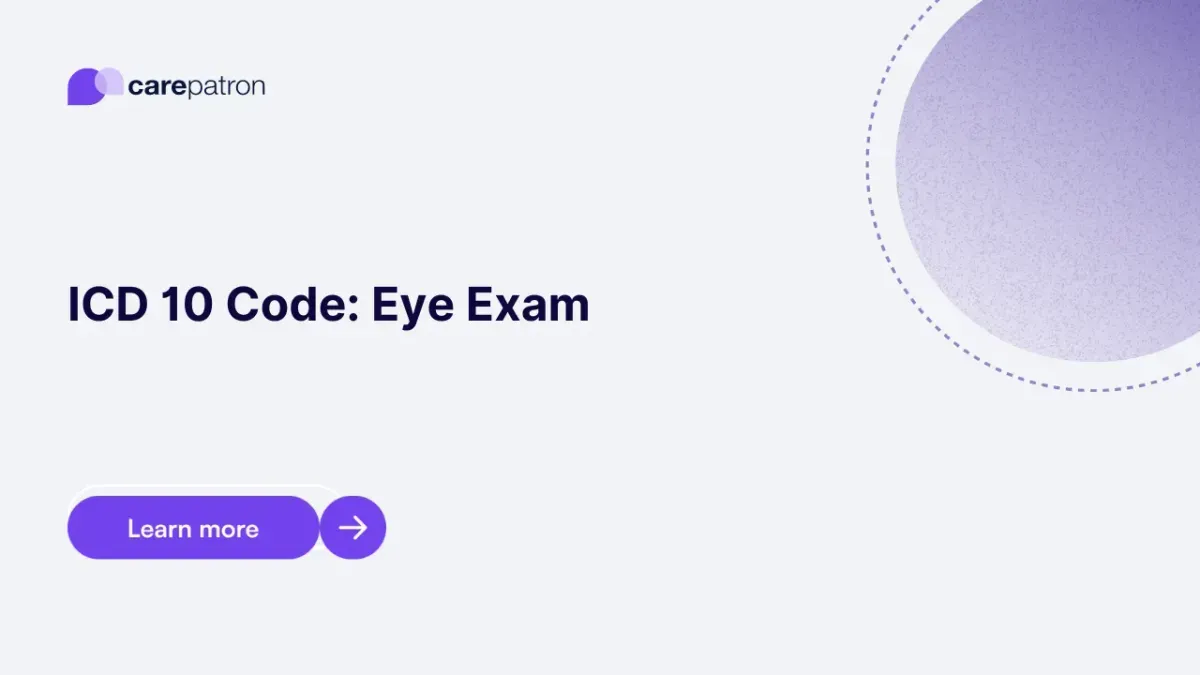
Eye Exam ICD-10-CM Codes | 2023
Explore ICD-10 codes for eye exams for accurate medical coding and billing. Learn the codes for common eye conditions and procedures in ophthalmology.
Use Code
Commonly asked questions
Treatments vary based on the specific diagnosis but may include prescription eyewear, medical interventions, surgical procedures, or lifestyle recommendations.
Use an Eye Exam ICD code when documenting and coding for procedures related to vision assessment or eye health conditions during a medical encounter.
Eye Exam diagnoses are billable when supported by appropriate documentation and meet coding guidelines.
EHR and practice management software
Get started for free
*No credit card required
Free
$0/usd
Unlimited clients
Telehealth
1GB of storage
Client portal text
Automated billing and online payments
